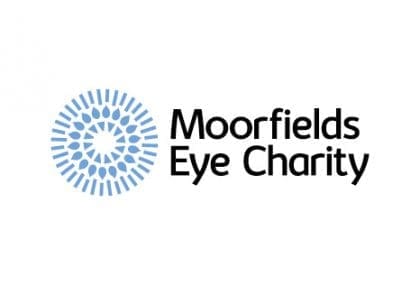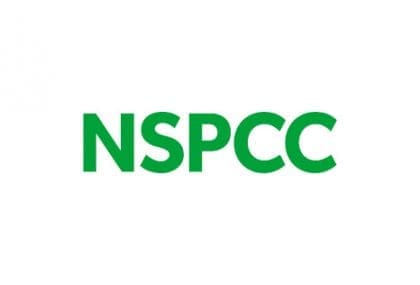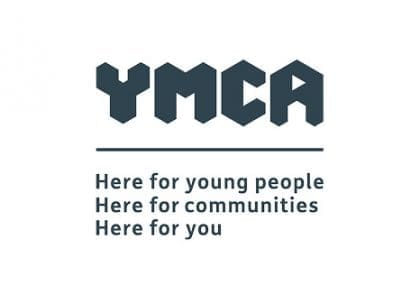
Want more donations? Tell better stories!
Here’s how:
Storytelling is right at the heart of fundraising.
You know that. I know that.
But the best stories – the ones that stop people in their tracks… making them feel something, making them act – aren’t just plucked out of thin air. They’re real. They’re raw. And sometimes, messy.
So how do you tell them?
And how do you tell them well – with authenticity, without over-sanitising or over-dramatising, and without forgetting that, at the end of the day, we’re here to raise money?
And, most importantly, how do you look after your storytellers?
Here are some top tips from our Creative Director, Mark Tomkins:
- Get out of the way of the story!
You don’t need to ‘fix’ a great story. Too many fundraising campaigns over-polish, simplify, or smooth out the edges to make things feel more ‘on brand.’ But experience tells us that the power of a story isn’t in the perfect phrasing – it’s in the humanity.
Has someone described their experience in a way that’s raw, real, even a bit messy? Leave it that way. That’s what makes it compelling. Our job as creatives isn’t to rewrite their reality – it’s to shape it just enough so it lands in the hearts (and minds) of supporters.
- Emotion is everything – but it’s not enough
I’ve heard it said that… a good story will move people… but a great story will move people to act.
Too many fundraising stories are just that – stories. Beautifully told, deeply affecting… and boringly passive. If a donor reaches the end of your story and simply thinks ‘That’s so sad’ or ‘How inspiring’ – but doesn’t do anything – you’ve missed the mark.
A fundraising story needs to connect the dots: This is the reality. This is what could change. Here’s what you can do to help. Without a clear next step, you’ve just run a very expensive awareness campaign.
- Trust in the small details
Have you noticed how the tiniest details are the ones that stick with you?
It’s not ‘He was scared.’ It’s ‘His hands were shaking as he turned the doorknob.’
It’s not ‘She was relieved.’ It’s ‘She exhaled for the first time in three days.’
Trust me – the human brain is wired to latch onto specifics! A generic story, no matter how dramatic, won’t land as hard as one rich in real, vivid moments. Dig deep. Ask the right questions. Find the details that make a story live and breathe.
- Make the donor part of the story
The best fundraising stories don’t just make the audience feel something – they make them feel necessary.
Your story shouldn’t just be about what’s happened. It should be about what could happen next – with the donor’s help. Think of them as the missing piece. If they feel like a spectator, they’ll scroll past. If they feel like they have a role to play – they’ll act.
- Never swap dignity for drama
This one’s non-negotiable!
Fundraising storytelling isn’t about pity. It’s about power – empowering the people in our stories and the people reading them. That means getting consent, avoiding shock tactics, and never twisting someone’s experience to squeeze out a few extra donations.
If a story only works because it makes someone look helpless, you’re telling the wrong story.
- Authenticity raises more than just money
The most powerful fundraising stories don’t feel like marketing. They feel like real moments, shared by real people, inviting real action. And when you get it right? You’re not just raising money. You’re building connection. Loyalty. A community of people who don’t just care, but give. And that’s the kind of storytelling that changes the world!
So that’s the theory. Now see it in action – take a look at the stories we’ve told on our website.
Got a story to tell? We can help you land it. Ask about our storytelling workshops.

Mark Tomkins – Creative Director
If you want to find out more about how we can help you with developing your approach to giving, then get in touch at SayHi@differentkettle.com























